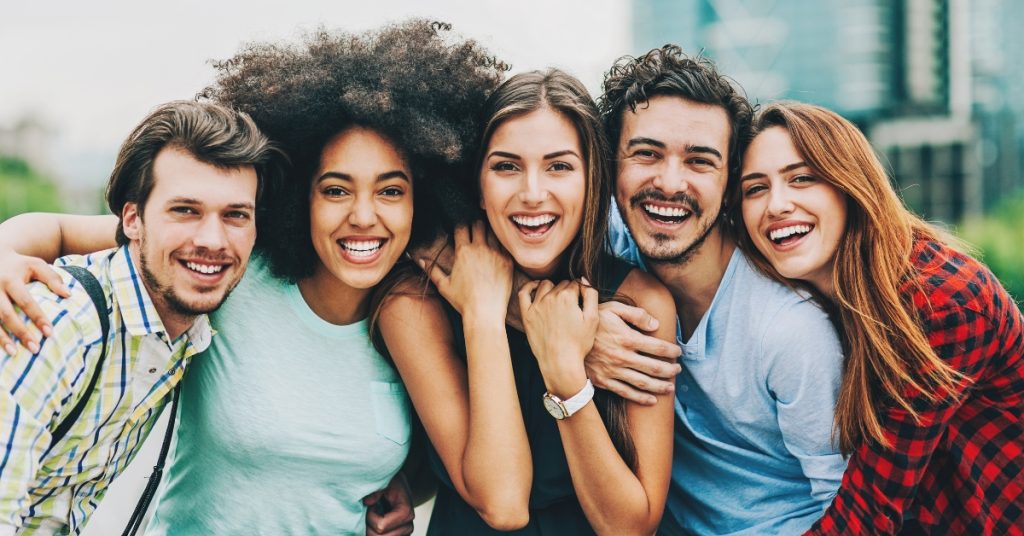Friendship used to be a small and intimate circle of close friends from our hometown. We would meet up, write letters, and spend hours talking over the landline to stay connected. Moving away meant losing touch forever. Friends were few, but the bonds ran deep.
Things started changing with the internet and mobile phones. Physical distance became less of a barrier; we could now stay in touch via email from different cities or countries. But the big shakeup came from social media platforms.
Social Media: Wider Circles, Superficial Bonds
When Facebook and WhatsApp arrived in the 2000s, connecting with friends suddenly became super convenient. From moment-to-moment updates to free messaging, keeping up with even faint acquaintances is now possible 24/7.
Average Indian youth today have over 500 friends and followers on social platforms. Earlier, most would have struggled to name 50 close companions! Clearly, technology has reduced friendships to loose-loose relationships for many of us.
The explosively expanded network also altered expectations; rapid responses rather than thoughtful letters became the norm. Friendship started feeling more casual, with surface-level conversations rather than deep ones.
How We Make Friends Today: Instagram, Tinder, and Reddit!
Beyond existing social circles, platforms even recommend new friends. And spaces like dating apps, gaming forums, and Reddit now help forge bonds over shared interests, beyond geographical limits.
Even YouTube or Instagram celebrities simulate feeling like buddies; this is called parasocial friendship, where one-sided digital connections mimic relationships.
The Upsides: More Diverse Connections

Credits: Canva
Research shows most young Indians today have more friendships than earlier generations. Earlier, many lacked close companions and felt isolated. Expanding networks introduces more diverse relations as well.
Nearly 1/4th of social media users report connecting with people from different backgrounds. The Internet facilitates discovery beyond existing bubbles. Wider choices help us find the most compatible friends.
The Downsides: Distraction, Stress, and Fake Friends
But technology impacts focus; the endless pinging makes conversations distracting. With so many friends dividing attention, securing intimacy is tough.
Heavy social media users often feel more lonely in real life; quantity of friends replaces quality. And the pretense of an online image hides reality—self-disclosure reduces. superficial bonds mean few true confidantes today.
The pressures of maintaining large networks also give youth anxiety today, as friendships feel more temporary.
Looking Ahead: Balance, Boundaries, and Vulnerability
Technology will increasingly impact youth friendships and isolation. Rather than outright rejection or embrace, ethical digital relations must be nurtured and focused on wellbeing.
We need to balance convenience with depth. Limit consumption if it raises anxiety. Model vulnerable offline interactions for teens. Prioritize shared interest circles that organically nurture substance over brevity.
Confronting downsides directly is the only way forward to maximize both wider peer groups as well as intimate friends for the next generation. Making friendship meaningful again requires effort.
- Average 500+ social media friends for Indian youth today compared to 50 close companions earlier
- 1/4th of social media users connected with diverse friends via technology.
- On heavy social platforms, users often feel more lonely in real life.
- Gen Z reports lower self-disclosure and authenticity with friends.
- Youth report anxiety due to the pressures of maintaining large friend networks.
